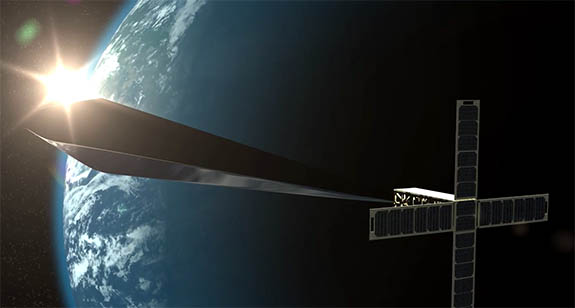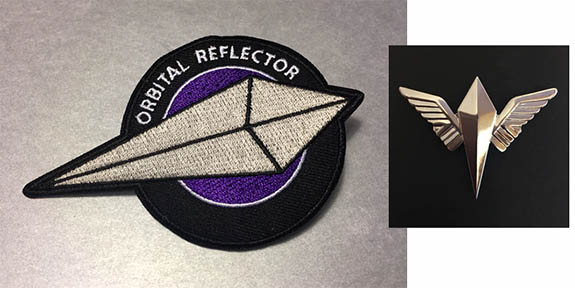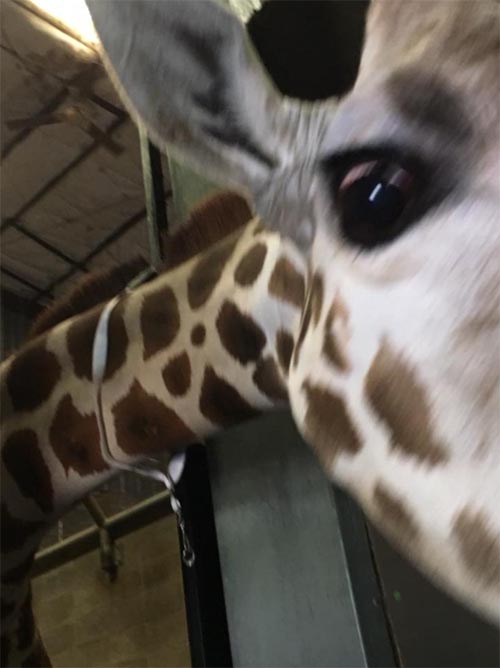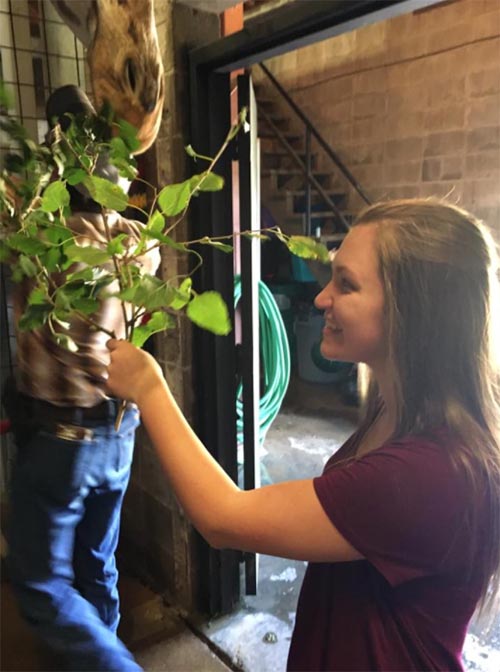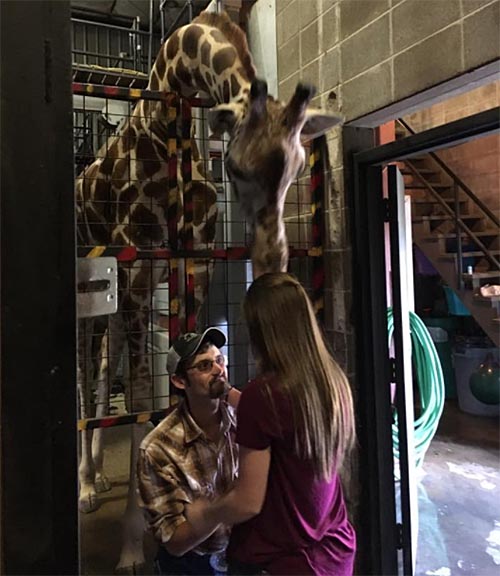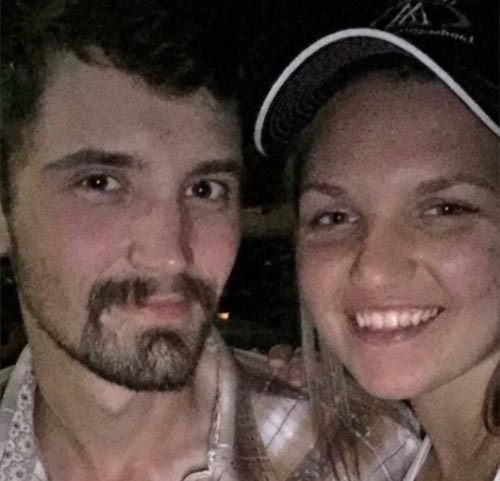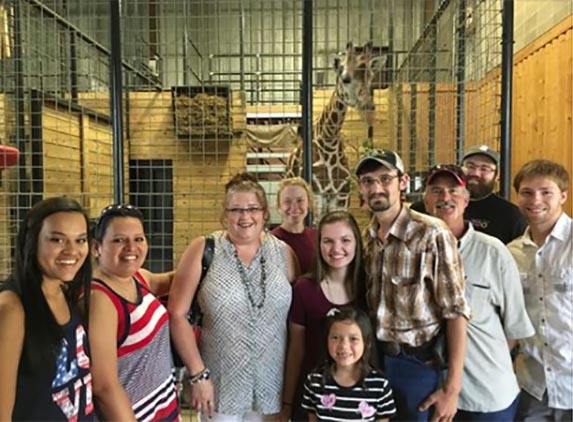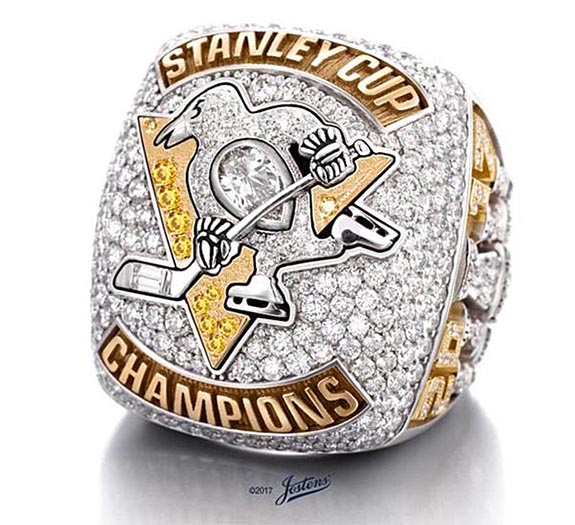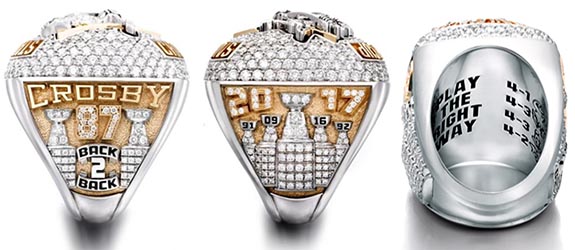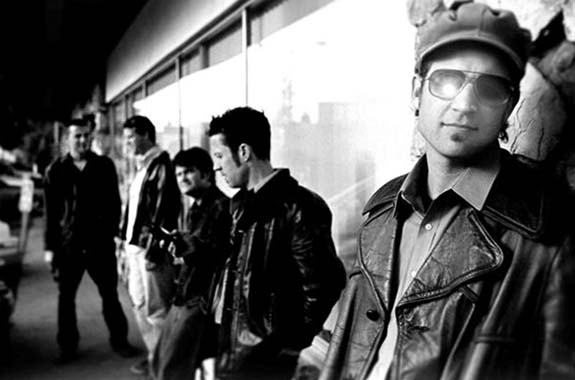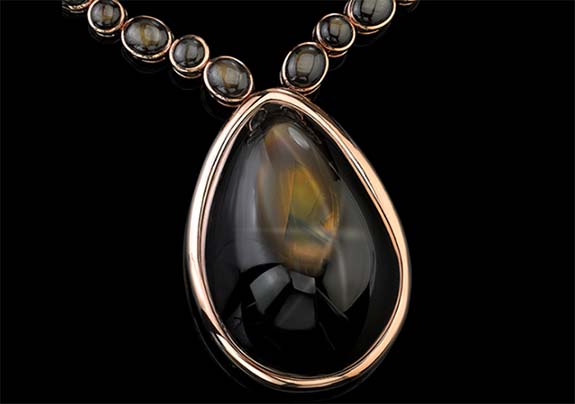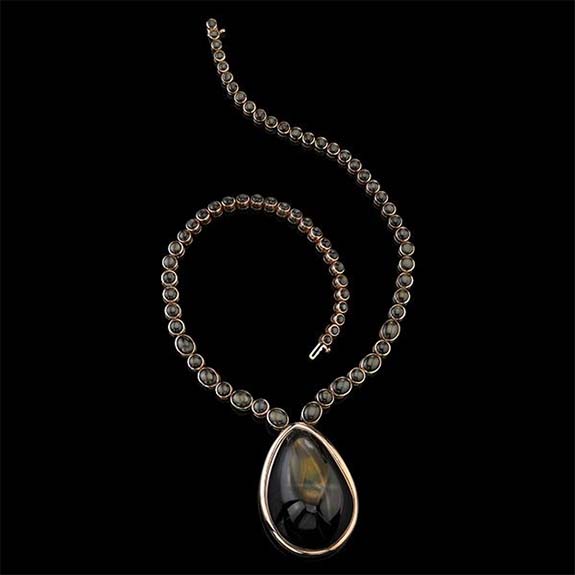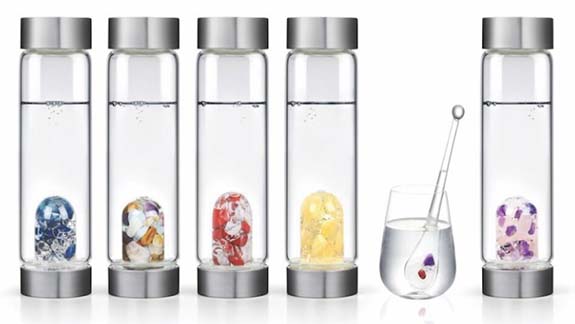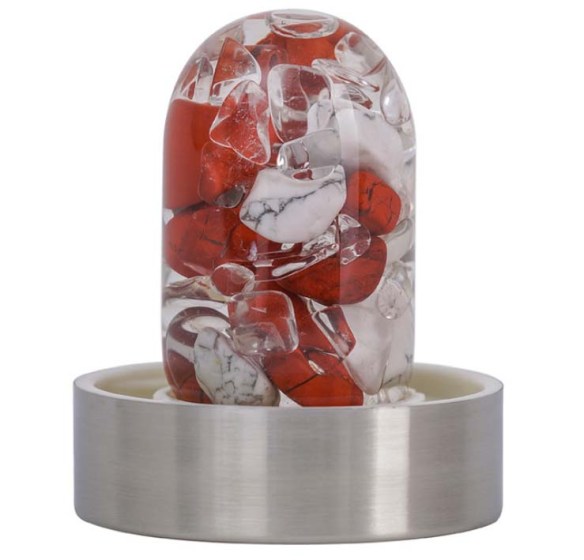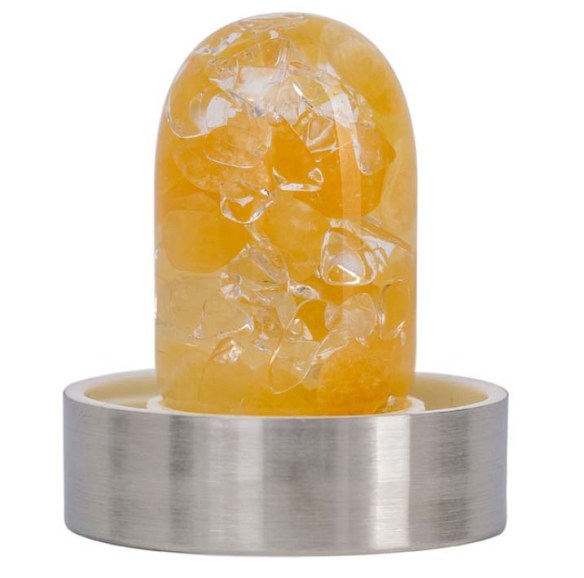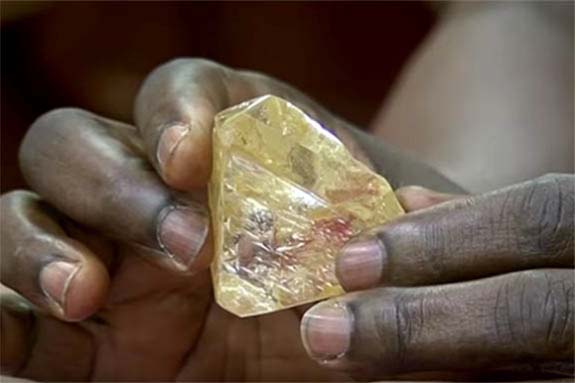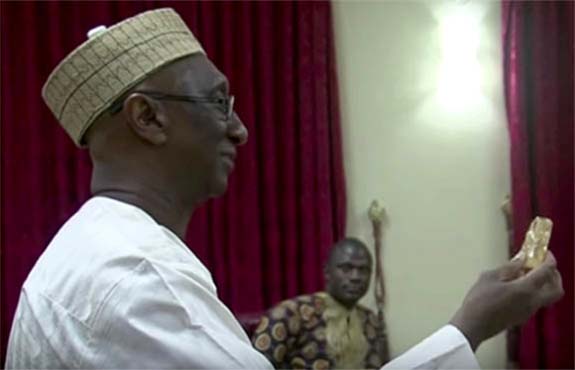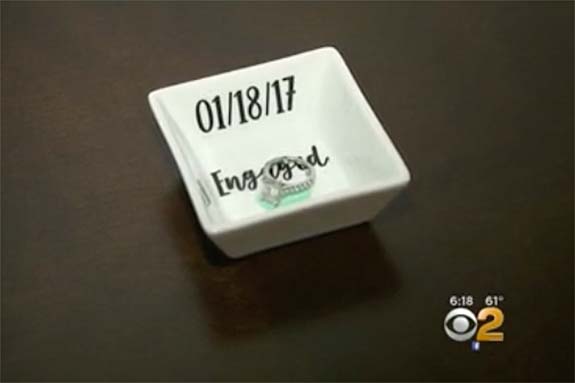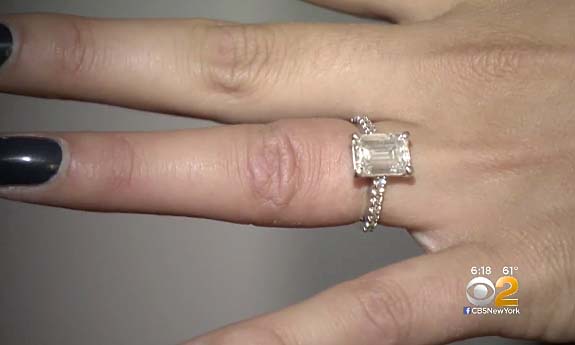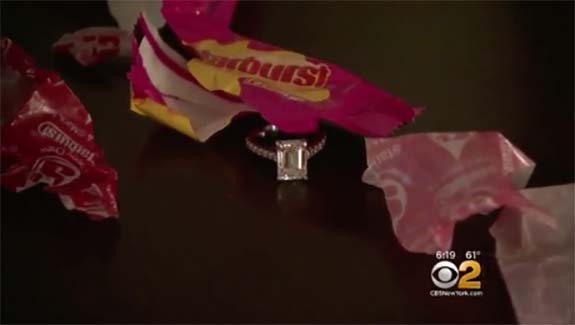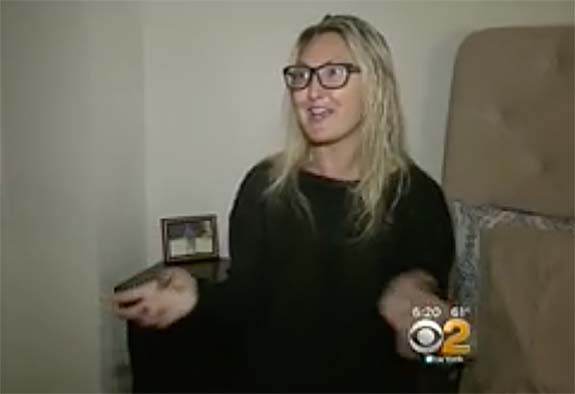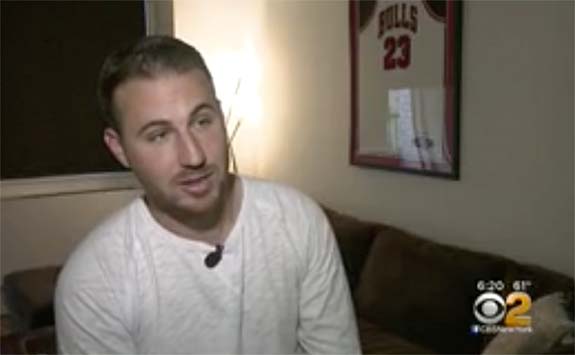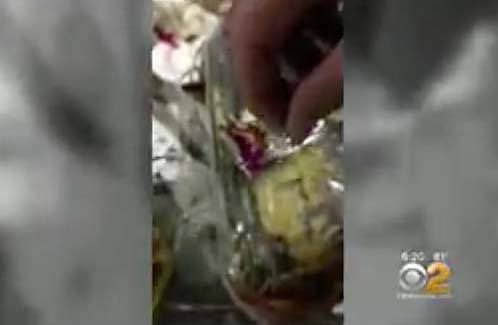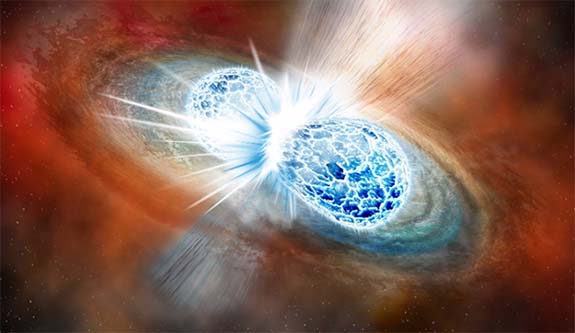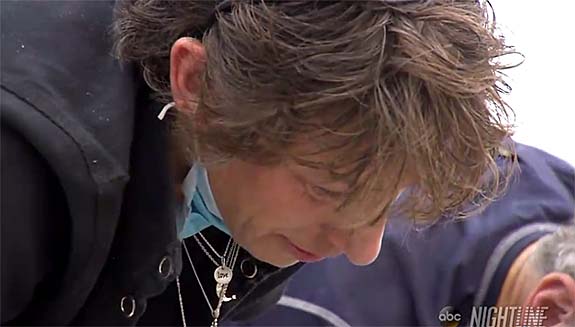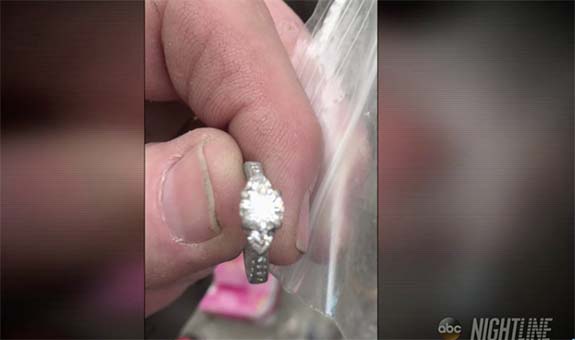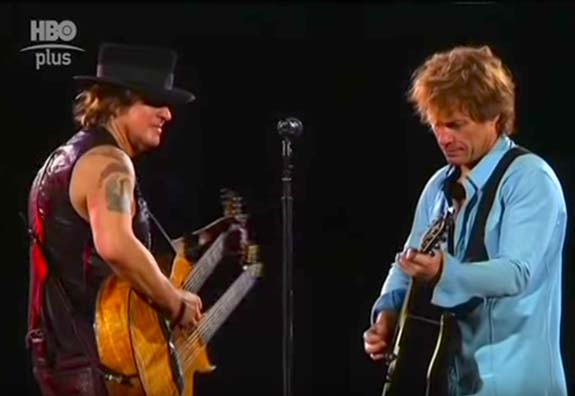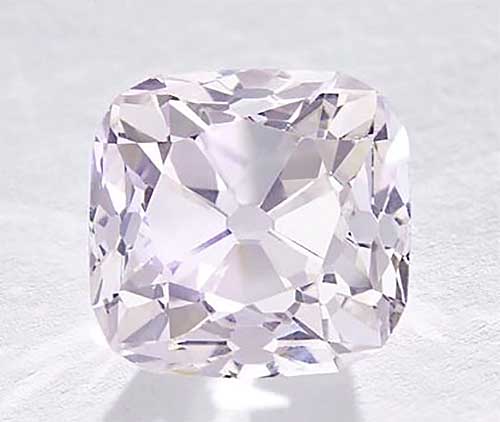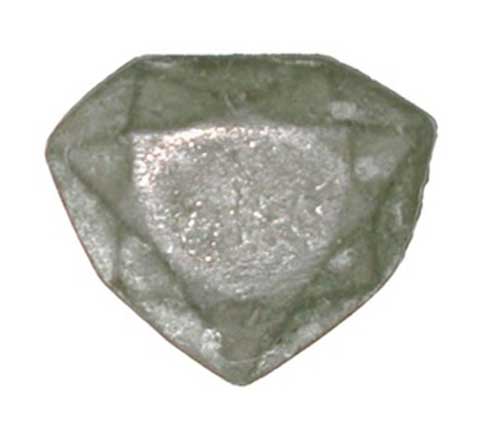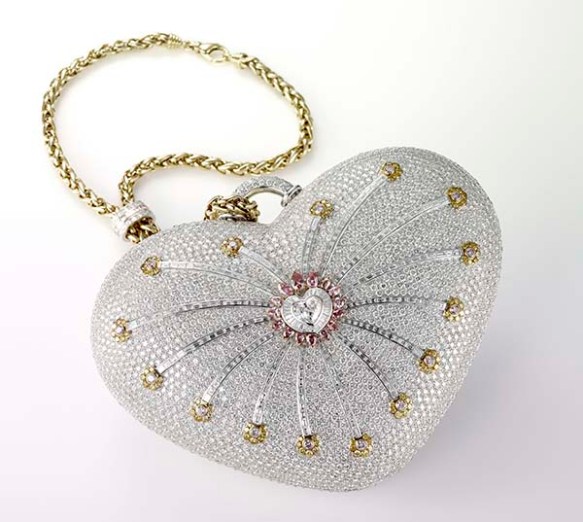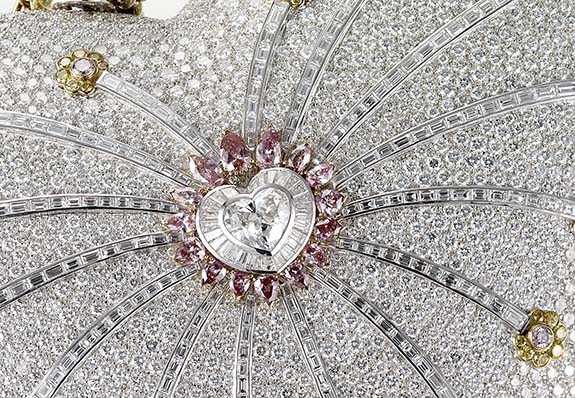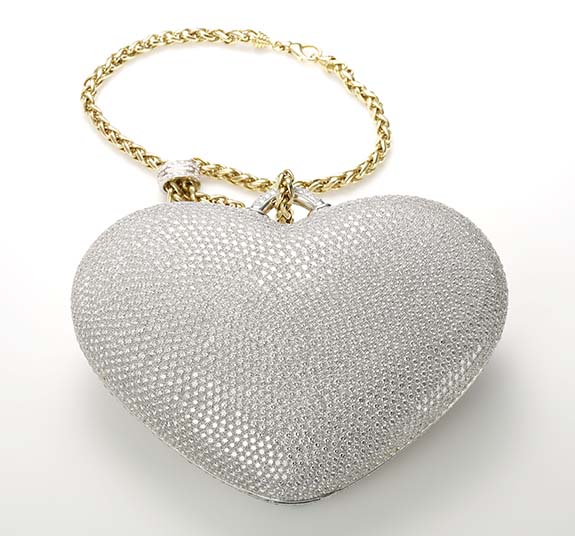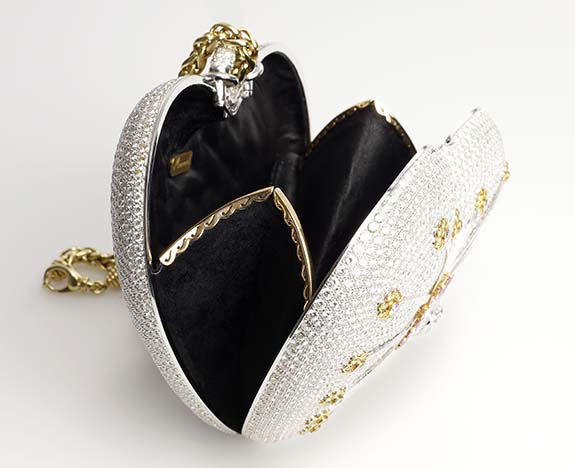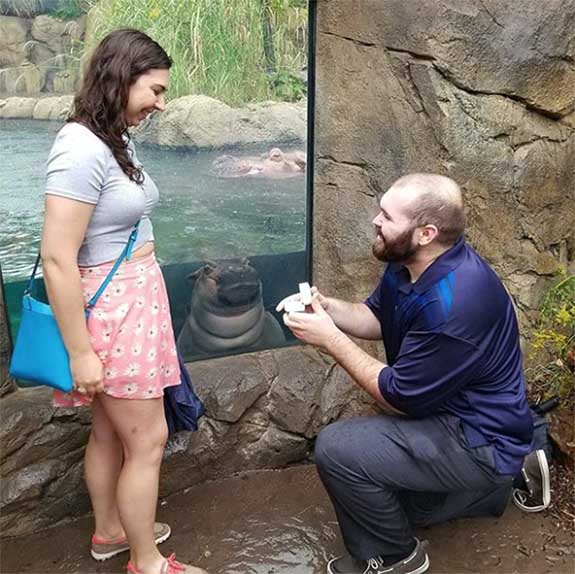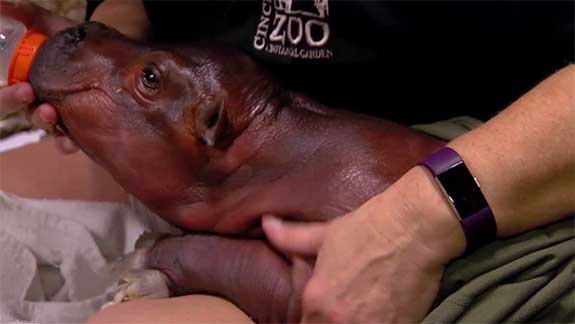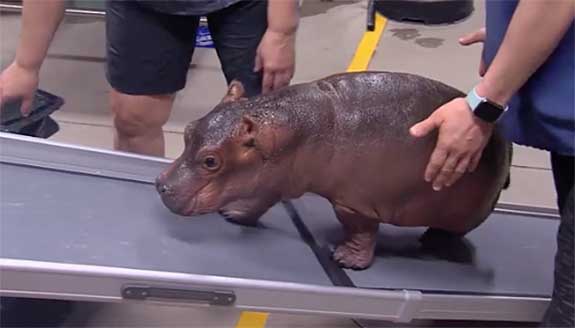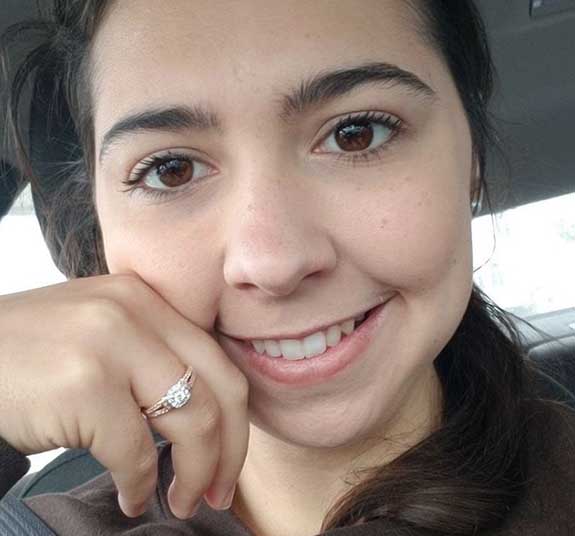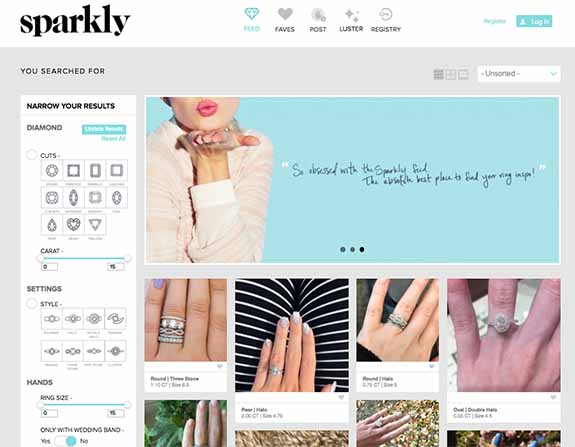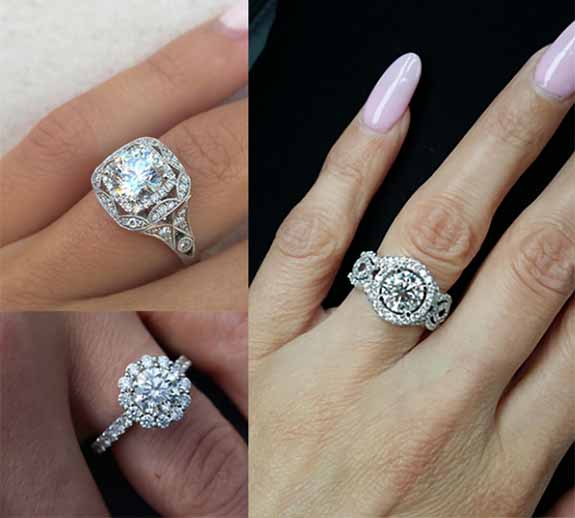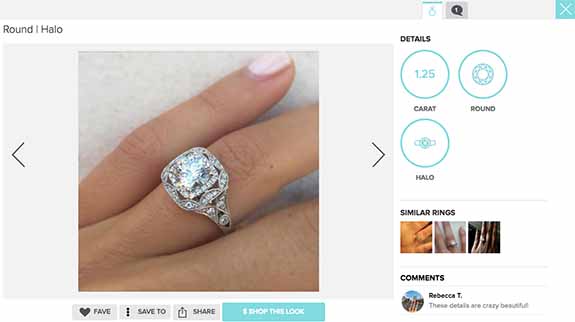October 2nd, 2017
On November 14, Christie's Geneva will offer for sale the largest D-flawless diamond to ever hit the auction block. The 163.41-carat emerald-cut diamond was cut from a 404.20-carat rough named “4 de Fevereiro," which was discovered at Angola's Lulo mine in February 2016.
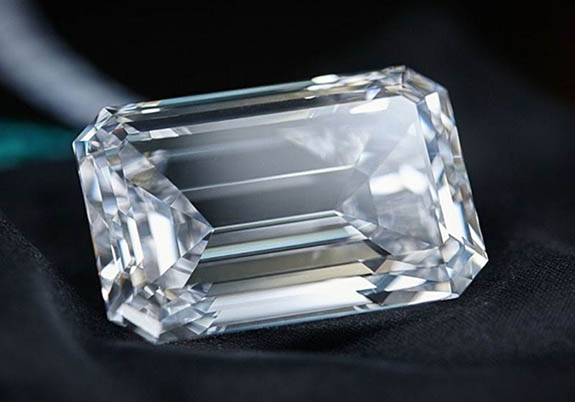
It was bought by de Grisogono founder Fawaz Gruosi and unveiled to clients at the company’s annual party during the 2016 Cannes film festival in May, according to Town & Country.
The rough diamond was studied in Antwerp and cut in New York. There, a team of 10 diamond-cutting specialists pooled their talents to map, plot, cleave, laser-cut and polish the gem into a stunning 163.41 carat emerald-cut stone.
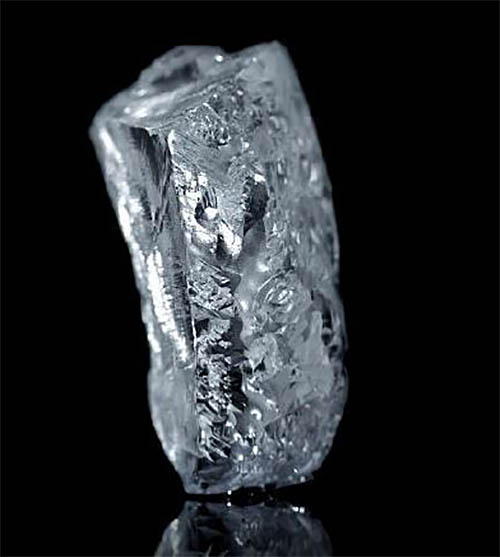
The transformation began on June, 29, 2016, when an 80-year-old master diamond cleaver, Ben Green, performed a cut along a grain line. After 11 months of work, the polished stone was ready to be sent to the Gemological Institute of America, where it earned its D-flawless, Type IIa grade. Type IIa diamonds are the purest of all diamonds because they are composed solely of carbon with virtually no trace elements in the crystal lattice.

The diamond is now the centerpiece of an asymmetrical necklace, featuring cascading pear-shaped emeralds on the left side and cool, white emerald-cut diamonds down the right. The company chose to use emeralds in the design because the green color symbolizes good luck. The final concept, named "The Art of de Grisogono," was one of 50 proposed by the firm's design team and took more than 1,700 hours to complete.
“I never thought I would work with a 163.41-carat diamond of this quality,” Gruosi noted in a Christie’s press release. “I have never had a problem finding creative ideas, but this time there was the immense pressure of ‘dressing’ such an amazing diamond. I couldn’t do something very simple or that has already been seen. I needed a design that is outside-the-box.”
Added Rahul Kadakia, International Head of Christie’s Jewels, “Over our 251-year history, Christie’s has had the privilege of handling the world’s rarest and most historic diamonds. The sensational 163.41-carat perfect diamond suspended from an elegant emerald and diamond necklace propels de Grisogono into a class of their own.”
“4 de Fevereiro" means February 4th in Portuguese, and the name is associated with an Angolan national holiday marking the start of an armed struggle for independence in 1961. The 404.20-carat rough is the largest gem-quality rough diamond ever discovered in Angola.
The fabulous necklace will embark on an exhibition tour, with stops in Hong Kong, London, Dubai, New York and Geneva. The auction is set for November 14 at 7pm GMT at the Four Seasons Hotel des Bergues in Geneva.
Credits: Images via PRNewsfoto/de GRISOGONO; Christie's.

It was bought by de Grisogono founder Fawaz Gruosi and unveiled to clients at the company’s annual party during the 2016 Cannes film festival in May, according to Town & Country.
The rough diamond was studied in Antwerp and cut in New York. There, a team of 10 diamond-cutting specialists pooled their talents to map, plot, cleave, laser-cut and polish the gem into a stunning 163.41 carat emerald-cut stone.

The transformation began on June, 29, 2016, when an 80-year-old master diamond cleaver, Ben Green, performed a cut along a grain line. After 11 months of work, the polished stone was ready to be sent to the Gemological Institute of America, where it earned its D-flawless, Type IIa grade. Type IIa diamonds are the purest of all diamonds because they are composed solely of carbon with virtually no trace elements in the crystal lattice.

The diamond is now the centerpiece of an asymmetrical necklace, featuring cascading pear-shaped emeralds on the left side and cool, white emerald-cut diamonds down the right. The company chose to use emeralds in the design because the green color symbolizes good luck. The final concept, named "The Art of de Grisogono," was one of 50 proposed by the firm's design team and took more than 1,700 hours to complete.
“I never thought I would work with a 163.41-carat diamond of this quality,” Gruosi noted in a Christie’s press release. “I have never had a problem finding creative ideas, but this time there was the immense pressure of ‘dressing’ such an amazing diamond. I couldn’t do something very simple or that has already been seen. I needed a design that is outside-the-box.”
Added Rahul Kadakia, International Head of Christie’s Jewels, “Over our 251-year history, Christie’s has had the privilege of handling the world’s rarest and most historic diamonds. The sensational 163.41-carat perfect diamond suspended from an elegant emerald and diamond necklace propels de Grisogono into a class of their own.”
“4 de Fevereiro" means February 4th in Portuguese, and the name is associated with an Angolan national holiday marking the start of an armed struggle for independence in 1961. The 404.20-carat rough is the largest gem-quality rough diamond ever discovered in Angola.
The fabulous necklace will embark on an exhibition tour, with stops in Hong Kong, London, Dubai, New York and Geneva. The auction is set for November 14 at 7pm GMT at the Four Seasons Hotel des Bergues in Geneva.
Credits: Images via PRNewsfoto/de GRISOGONO; Christie's.







